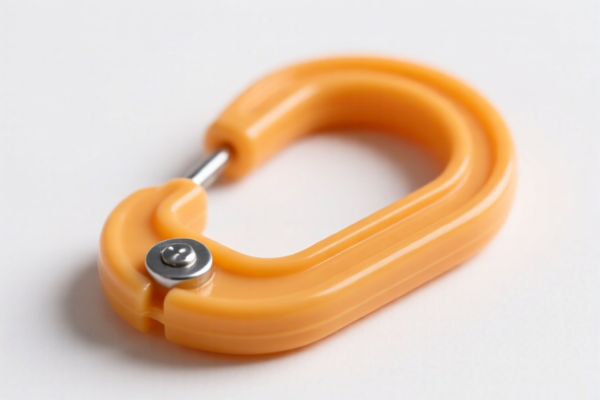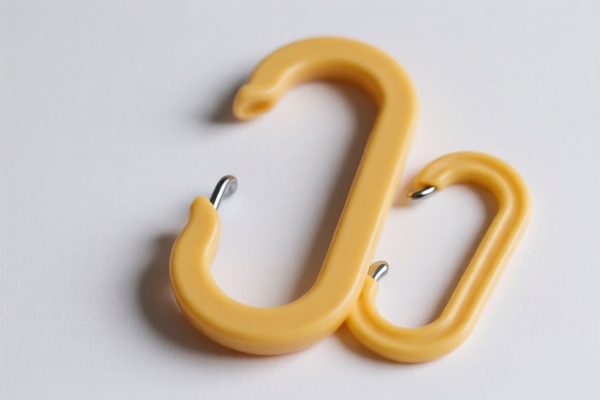| HS Code | Official Doc | Tariff Rate | Origin | Destination | Effective Date |
|---|---|---|---|---|---|
| 8203406000 | Doc | 58.3% | CN | US | 2025-05-12 |
| 8203300000 | Doc | 55.0% | CN | US | 2025-05-12 |
| 8205303000 | Doc | 60.7% | CN | US | 2025-05-12 |
| 8205595560 | Doc | 60.3% | CN | US | 2025-05-12 |




Punching and Chiseling
Punching and chiseling are subtractive manufacturing processes used to remove material from a workpiece through concentrated force. They are fundamental techniques in metalworking, stonemasonry, and woodworking, though the specific tools and methods vary based on the material being worked.
Materials:
- Metals: Steel, iron, aluminum, brass, copper. These are often used in conjunction with power hammers, hydraulic presses, or hand tools.
- Stone: Granite, marble, limestone, sandstone. Traditionally done with hand chisels and mallets, though pneumatic tools are increasingly common.
- Wood: Hardwoods are typically used, often for carving detailed designs or creating joinery.
- Other: Concrete, plastics (though less common and requires specialized tools).
Purpose:
The primary purpose of punching and chiseling is material removal to achieve a desired shape, create holes, or refine existing features. Specific applications include:
- Hole Creation: Punching is frequently used for creating clean, precise holes in sheet metal or other materials.
- Shaping: Chiseling can be used to rough out shapes, remove excess material, and define contours.
- Cutting: Both techniques can be employed to cut materials, particularly when precision is not paramount or when other cutting methods are unsuitable.
- Texturing: Chisels can create textured surfaces.
- Breaking/Demolition: Larger chisels and punches are used in demolition work.
Function:
Both processes rely on applying a localized force exceeding the material’s shear strength.
- Punching: A punch, a hardened tool with a specific shape, is driven into the material, shearing it along the desired line. The material is often supported by a die, which provides a defined shape for the resulting hole or cut.
- Chiseling: A chisel, a hardened tool with a cutting edge, is struck with a hammer or other impact tool. The impact force fractures and removes material. The angle of the chisel and the force applied determine the size and shape of the removed material.
Usage Scenarios:
- Metal Fabrication: Creating holes for rivets, bolts, or other fasteners; cutting sheet metal; forming shapes.
- Construction/Demolition: Breaking concrete; removing tiles; shaping stone.
- Sculpture: Shaping stone, wood, or metal into artistic forms.
- Stone Masonry: Creating detailed carvings, shaping building stones, and fitting stones together.
- Jewelry Making: Creating designs in metal.
- Woodworking: Creating mortises and tenons for joinery, carving decorative elements.
- Automotive Repair: Removing seized bolts or rivets.
Common Types:
- Center Punch: Used to create a small indentation as a starting point for drilling or other operations.
- Pin Punch: Used to drive out pins or align holes.
- Sheet Metal Punch: Designed for creating holes in sheet metal, often with a specific diameter and shape.
- Cold Chisel: Used for cutting or shaping cold metal.
- Hot Chisel: Used for cutting or shaping hot metal.
- Stone Chisel: Various shapes and sizes for different stone carving applications (e.g., point chisel, tooth chisel, flat chisel).
- Wood Chisel: Various shapes and sizes for different woodworking applications (e.g., bevel chisel, skew chisel, gouge).
- Air Chisel/Pneumatic Chisel: Powered by compressed air, used for demolition, breaking concrete, or removing rust.
The declared goods relate to tools used for creating holes or shaping materials through force, specifically punching and chiseling operations. These tools are generally made of metal and are used in various applications, including construction, manufacturing, and woodworking.
The following HS codes are relevant based on the provided reference material:
- 8203406000: This HS code covers files, rasps, pliers (including cutting pliers), pincers, tweezers, metal cutting shears, pipe cutters, bolt cutters, perforating punches and similar handtools, and base metal parts thereof. Specifically, it includes pipe cutters, bolt cutters, perforating punches and similar tools, and parts thereof, categorized as 'Other (including parts)'. The total tax rate is 58.3%, comprised of a 3.3% base tariff and a 25.0% (until 2025.4.2) or 30% (after 2025.4.2) additional tariff.
- 8205303000: This HS code covers handtools (including glass cutters) not elsewhere specified or included; blow torches and similar self-contained torches; vises, clamps and the like, other than accessories for and parts of machine tools or water-jet cutting machines; anvils; portable forges; hand- or pedal-operated grinding wheels with frameworks; base metal parts thereof. More specifically, it covers planes, chisels, gouges and similar cutting tools for working wood, and parts thereof, with a cutting part containing by weight over 0.2 percent of chromium, molybdenum, or tungsten or over 0.1 percent of vanadium. The total tax rate is 60.7%, consisting of a 5.7% base tariff and a 25.0% (until 2025.4.2) or 30% (after 2025.4.2) additional tariff.
- 8205595560: This HS code covers handtools (including glass cutters) not elsewhere specified or included; blow torches and similar self-contained torches; vises, clamps and the like, other than accessories for and parts of machine tools or water-jet cutting machines; anvils; portable forges; hand- or pedal-operated grinding wheels with frameworks; base metal parts thereof. Specifically, it covers other handtools (including glass cutters) and parts thereof, categorized as 'Other: Of iron or steel Other (including parts)'. The total tax rate is 60.3%, comprised of a 5.3% base tariff and a 25.0% (until 2025.4.2) or 30% (after 2025.4.2) additional tariff.
Regarding HS code 8205303000, please note the need to verify the composition of the cutting part, specifically the percentage of chromium, molybdenum, tungsten, or vanadium present, as this determines the correct classification.
Customer Reviews
No reviews yet.